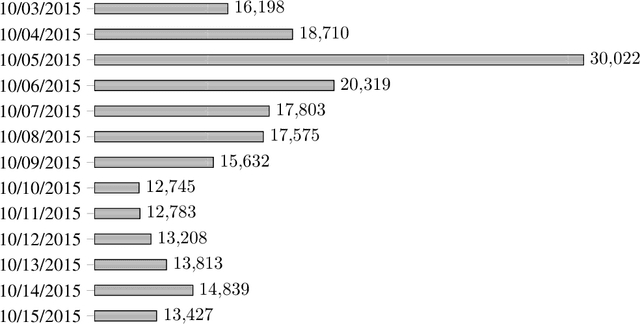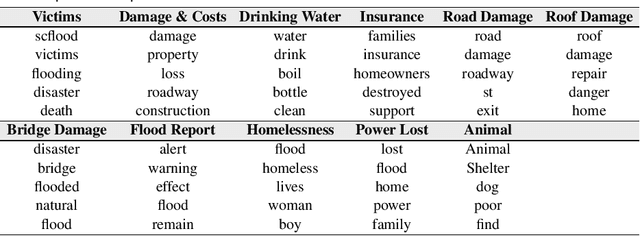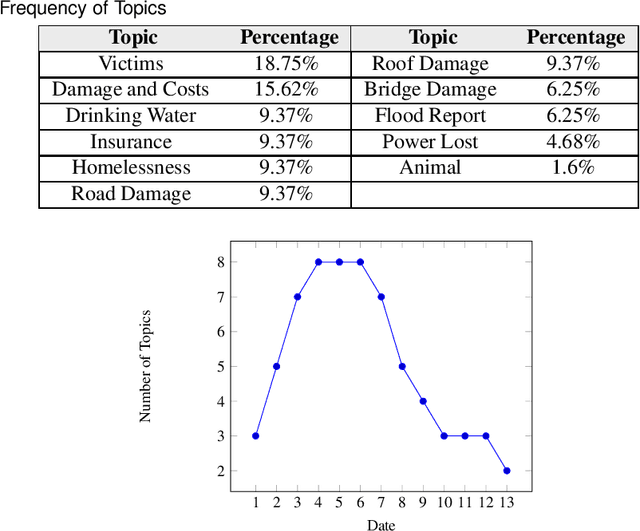Reza Vaezi
Conscious AI
May 12, 2021Abstract:Recent advances in artificial intelligence (AI) have achieved human-scale speed and accuracy for classification tasks. In turn, these capabilities have made AI a viable replacement for many human activities that at their core involve classification, such as basic mechanical and analytical tasks in low-level service jobs. Current systems do not need to be conscious to recognize patterns and classify them. However, for AI to progress to more complicated tasks requiring intuition and empathy, it must develop capabilities such as metathinking, creativity, and empathy akin to human self-awareness or consciousness. We contend that such a paradigm shift is possible only through a fundamental shift in the state of artificial intelligence toward consciousness, a shift similar to what took place for humans through the process of natural selection and evolution. As such, this paper aims to theoretically explore the requirements for the emergence of consciousness in AI. It also provides a principled understanding of how conscious AI can be detected and how it might be manifested in contrast to the dominant paradigm that seeks to ultimately create machines that are linguistically indistinguishable from humans.
Twitter Speaks: A Case of National Disaster Situational Awareness
Mar 07, 2019



Abstract:In recent years, we have been faced with a series of natural disasters causing a tremendous amount of financial, environmental, and human losses. The unpredictable nature of natural disasters' behavior makes it hard to have a comprehensive situational awareness (SA) to support disaster management. Using opinion surveys is a traditional approach to analyze public concerns during natural disasters; however, this approach is limited, expensive, and time-consuming. Luckily the advent of social media has provided scholars with an alternative means of analyzing public concerns. Social media enable users (people) to freely communicate their opinions and disperse information regarding current events including natural disasters. This research emphasizes the value of social media analysis and proposes an analytical framework: Twitter Situational Awareness (TwiSA). This framework uses text mining methods including sentiment analysis and topic modeling to create a better SA for disaster preparedness, response, and recovery. TwiSA has also effectively deployed on a large number of tweets and tracks the negative concerns of people during the 2015 South Carolina flood.
 Add to Chrome
Add to Chrome Add to Firefox
Add to Firefox Add to Edge
Add to Edge